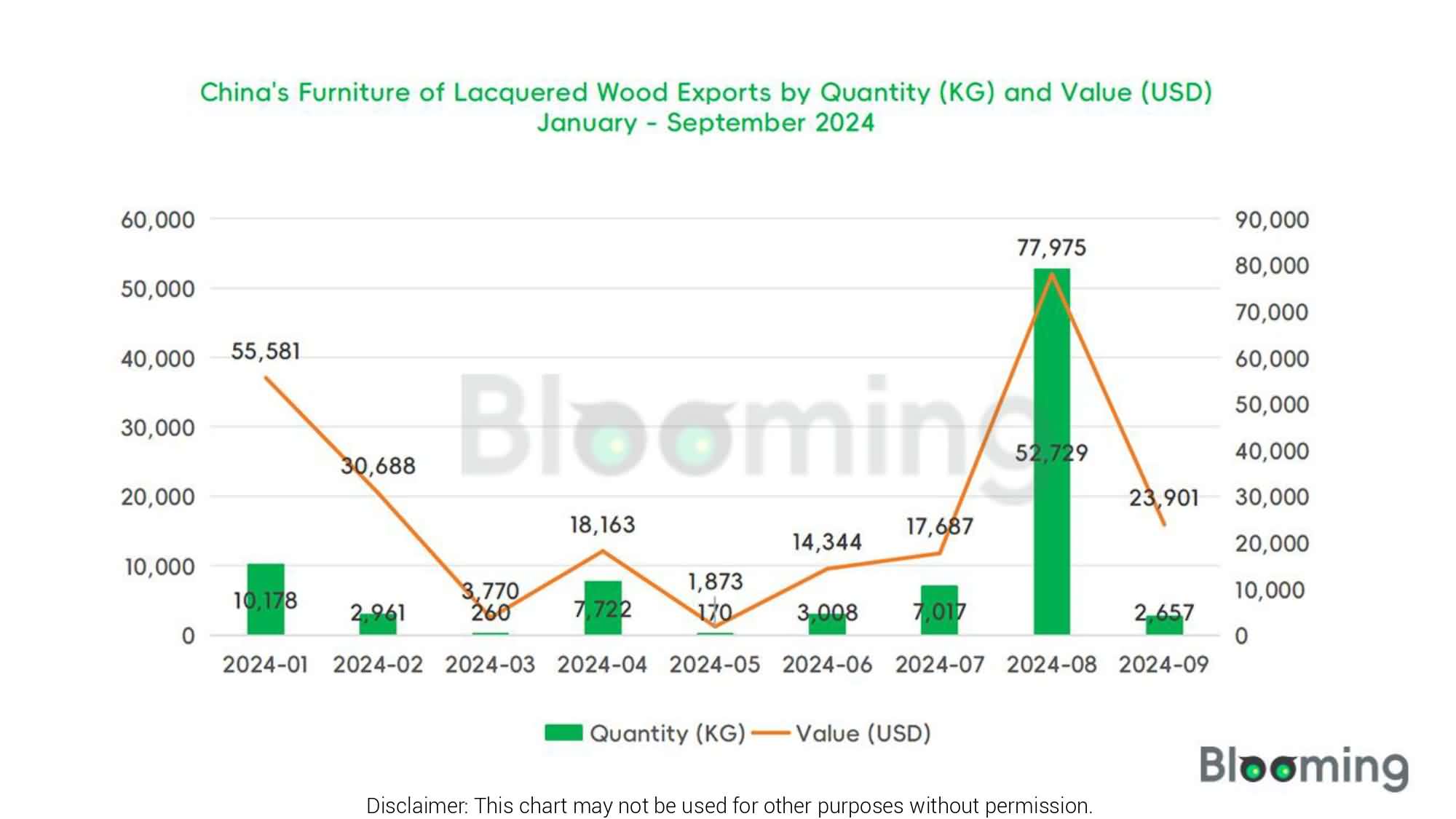Please Sign in to view recently saved searches.
21 Nov 2024
Liziqi's Comeback: the Art of Lacquerware After 1,217 Days
Keywords
On November 12, 2024, Beijing time, Chinese influencer Liziqi returned after a 1,217-day hiatus, announcing her comeback with the release of her video on "Traditional Lacquerware Art" – *Carved Lacquer Hidden Flowers*. The creation process was both intricate and arduous: applying layers of lacquer, polishing, and burnishing. Crafting even a simple lacquered item requires over 70 steps and at least 45 days. For Liziqi, it took three months.
She endured severe allergic reactions from raw lacquer, leaving her skin inflamed and swollen. She climbed wooden ladders to harvest sap from lacquer trees, slicing their bark with shell blades. From *Lixia* (the start of summer) in 2023 to *Dahan* (the peak of winter), spanning six seasonal transitions, she produced a lacquered cabinet adorned with a "Kirins Returning" carving, naming it *Ziqi Donglai* (Auspicious Energy from the East).
This exquisite lacquerwork video reignited interest in raw lacquer and its storied craft:
Raw Lacquer: A Precious Gift from Nature
What is Raw Lacquer?
Also called “National Lacquer” or “Great Lacquer” raw lacquer is a natural resin sourced from lacquer trees, towering deciduous trees that can grow up to 20 meters tall. These trees thrive in the humid climates of East and Central Asia. In China, lacquer trees are predominantly found in the southern regions, from southern Gansu to Shandong provinces, where environmental conditions favor their growth. The trees must mature for at least eight years before their sap can be harvested.
Properties of Raw Lacquer
- Durability: Raw lacquer is resistant to acids, solvents, heat, moisture, and corrosion. It is also an excellent insulator and naturally glossy.
- Enhanced Over Time: The lacquer film hardens with age, becoming increasingly lustrous and durable.
- Composition: Its primary components include lacquer phenol (the main film-forming substance), lacquer enzymes (critical for drying and oxidation at room temperature), colloids, water, and trace organic compounds.
Applications of Raw Lacquer
Raw lacquer boasts a legacy of use in China, applied across various industries:
- Craftsmanship: Essential for traditional wooden furniture, it provides a protective and aesthetic finish while enhancing the wood's longevity. In lacquerware art, raw lacquer imparts unique artistic effects.
- Industrial Use: It is widely employed in sectors like military, textiles, chemical processing, shipbuilding, and light industries.
- Medicine: Dried lacquer holds a role in traditional Chinese medicine.
Liziqi's return not only revives the beauty of lacquer artistry but also shines a spotlight on an ancient material's role in modern craftsmanship and global trade.
Trade Insights on Lacquered Furniture
To shed light on the market trends for lacquered wood furniture, Blooming analyzed China's export-import performance for Furniture of Lacquered Wood from January to September 2024. This includes Bedroom Furniture of Lacquered Wood (HS Code 94035091) and Other Lacquered Wood Furniture (HS Code 94036091). The data reveals global interest and evolving demand for lacquerware products, providing valuable insights into this traditional yet enduring craft.
1) Furniture of lacquered wood imports September 2024
In September 2024, China's total imports of furniture of lacquered wood amounted to $90,159, the import value in the same period last year was only US$3,091.
The total import volume was 2,323 kilograms, with a total of 28 pieces.



2) Furniture of lacquered wood exports September 2024
In September 2024, China's total exports of furniture of lacquered wood reached $23,901, marking a year-on-year decrease of 3.77%.
The total export volume was 2,657 kilograms, with a total of 68 pieces, representing a 43.30% year-on-year decrease.
China exported furniture of lacquered wood to a total of 8 trading partner countries.



For the full report, please download the PDF version. If you need the report in other formats, please contact [email protected].
Disclaimer: Blooming reserves the right of final explanation and
revision for all the information.
